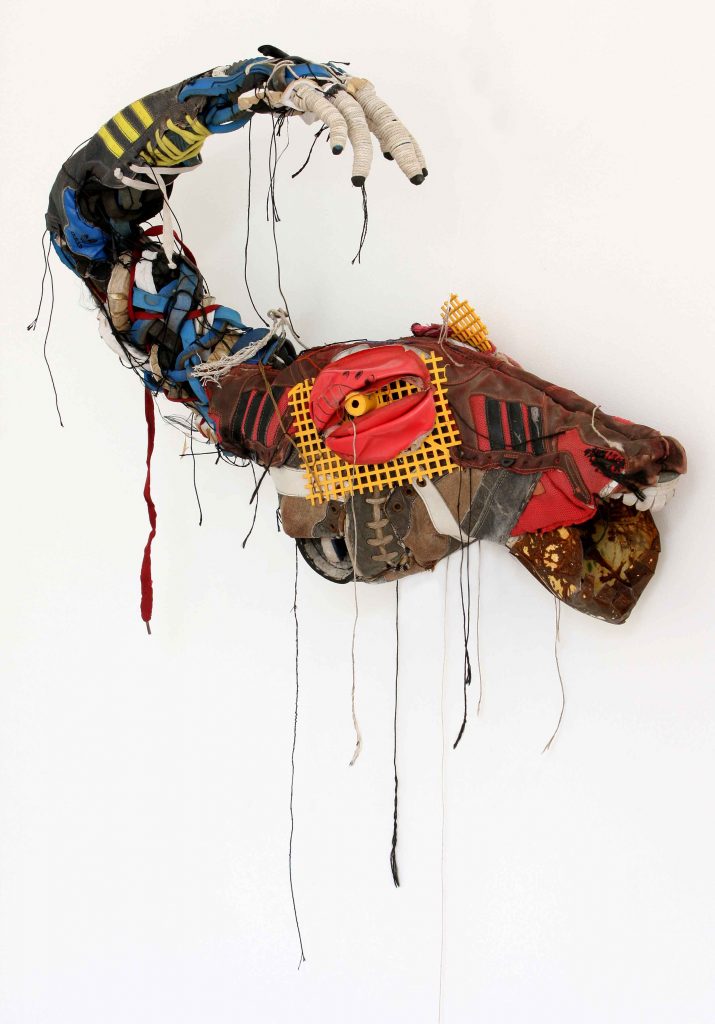SA Home Owner Art
Brick-And-Mortar No More
In a 2019 online art collector report published by Artsy, it is noted that more collectors — young and old — are beginning to purchase art online, with some of the most significant motivators for buying art online including “speed and convenience; competitive pricing; access to inventory and information; and the ability to avoid the intimidation of the art world”.
In South Africa, several digital art platforms, catalogues, and galleries have already established themselves in the local art market. To name a few, Kholisa Thomas’ Artfull provides online advisory services and puts potential buyers in direct contact with a handful of emerging contemporary artists, including charcoal artist and printmaker Themba Khumalo and painter Nompumelelo Ngoma. There is also Cape Town’s boutique-style gallery and ecommerce platform StateoftheART, which allows collectors to browse contemporary art by medium, price, artist, or even subject matter.
“Galleries in South Africa need to be able to engage with the next generation of art buyers. And that generation is digital, not analogue,” says StateoftheART founder Jennifer Reynolds. “There can be no doubt that social media, image-sharing and online shopping has fundamentally changed how commercial markets of all kinds now operate. The new generation of millennial art buyers view online as another channel, rather than a substitute for the pleasure of seeing an artwork in the flesh. The interplay of online and offline: a ‘bricks-and-clicks’ approach — which StateoftheART adopted in early 2013 — is becoming increasingly important.”
Widening the circle
With social media playing an integral role in the promotion of artists today, digital platforms can also serve to collate and contextualise artworks for budding collectors who either do not engage in social media platforms and traditional gallery spaces, or simply do not know where to begin looking. Morné Visagie, head of South African acquisitions for curated art catalogue Art Gazette, explains that by making artworks available on the digital platform, a larger audience is reached.
“The Art Gazette catalogue of artworks is targeted towards the corporate industry, who might have an interest in art, are not engaging with social media, and feel that they do not have access to the intimidating spaces of galleries,” says Visagie. “Thus, another audience is reached outside of the closely-knit art and gallery circles.”
Viewing and purchasing art online also allows for the breaking of various barriers to access that have long been in place, such as those of age, experience, location and more. Julie Taylor, founder of the digital and physical art platform Guns & Rain, notes that digital tools such as technology and the internet have contributed to a democratisation of the arts at large.
“Fundamentally, the web has democratised a market that has long been known for being secretive, especially regarding pricing, and has allowed artists to access buyers directly and represent themselves if they choose to,” she explains.
In addition to providing a more accessible way for people to buy art, online platforms also provide artists with alternative avenues to sell their work. Wim and Jeanne Legrand, who run an artisan screen printing studio in Cape Town, established the 50ty/50ty online platform to connect the artists they collaborate with to young collectors interested in owning contemporary South African art. “Substituting a brick-and-mortar gallery space with a virtual space has allowed us to focus on the collaborative aspect of producing an original print with an artist, they explain. “The initiative is wonderfully symbiotic: artists are offered the opportunity to explore the captivating medium of screen printing in an expert environment, and collectors gain access to the work of high-calibre artists.”
As artists, galleries, and art-lovers alike continue to embrace new digital tools and ways of engaging with art, the future seems to be shaping up to be a more organic and mutually beneficial meeting of physical and digital art spaces.
“In 2018, for the first time, leading art fair Frieze accepted galleries without a permanent physical space — a dramatic development in an industry where top fairs have long had strict criteria regarding physical locations and exhibition programmes,” says Taylor. “It seems clear that hybrid models that combine online and offline are the way forward.”






 Sign-up and receive the Business Media MAGS newsletter OR SA Mining newsletter straight to your inbox.
Sign-up and receive the Business Media MAGS newsletter OR SA Mining newsletter straight to your inbox.